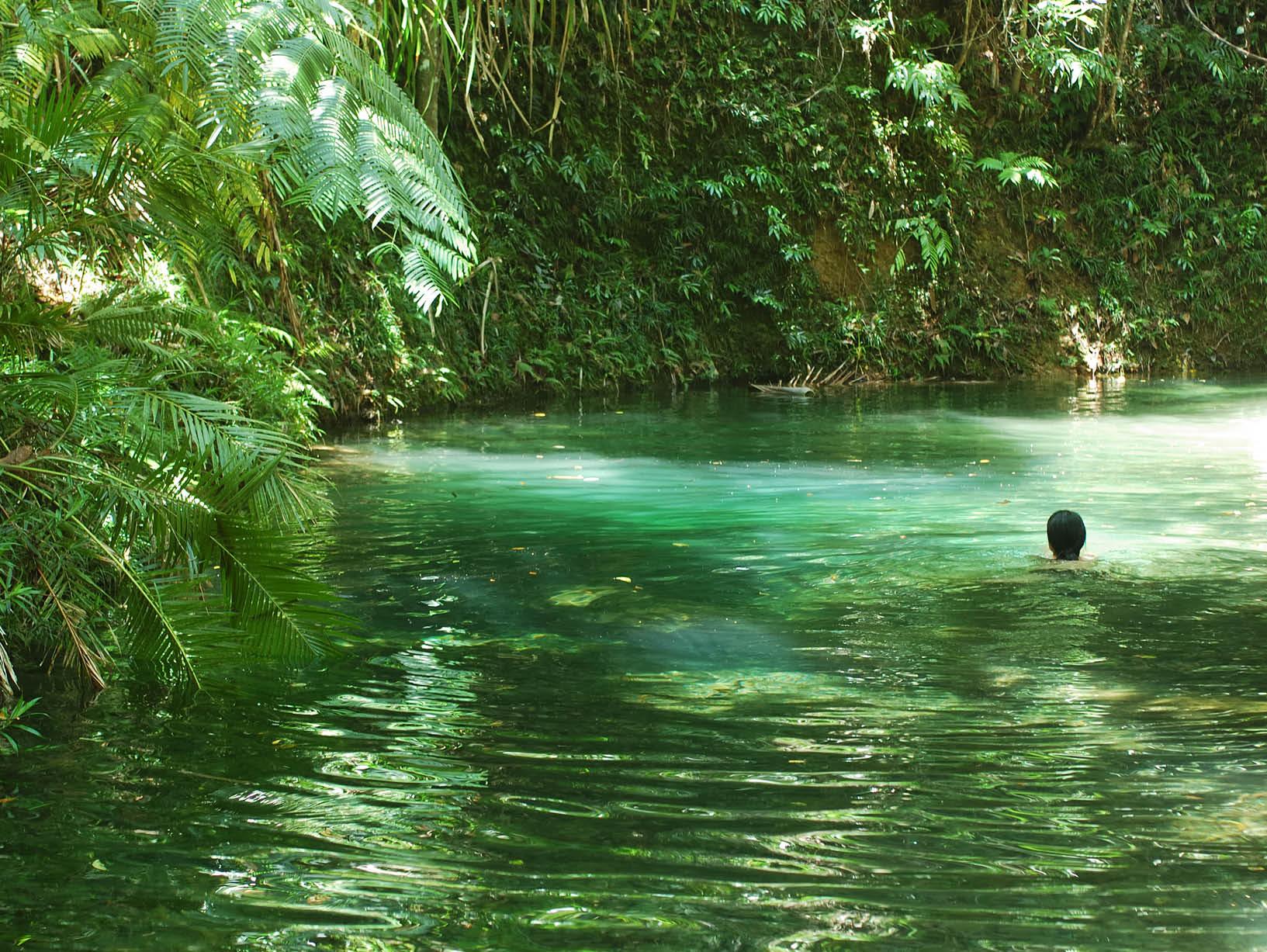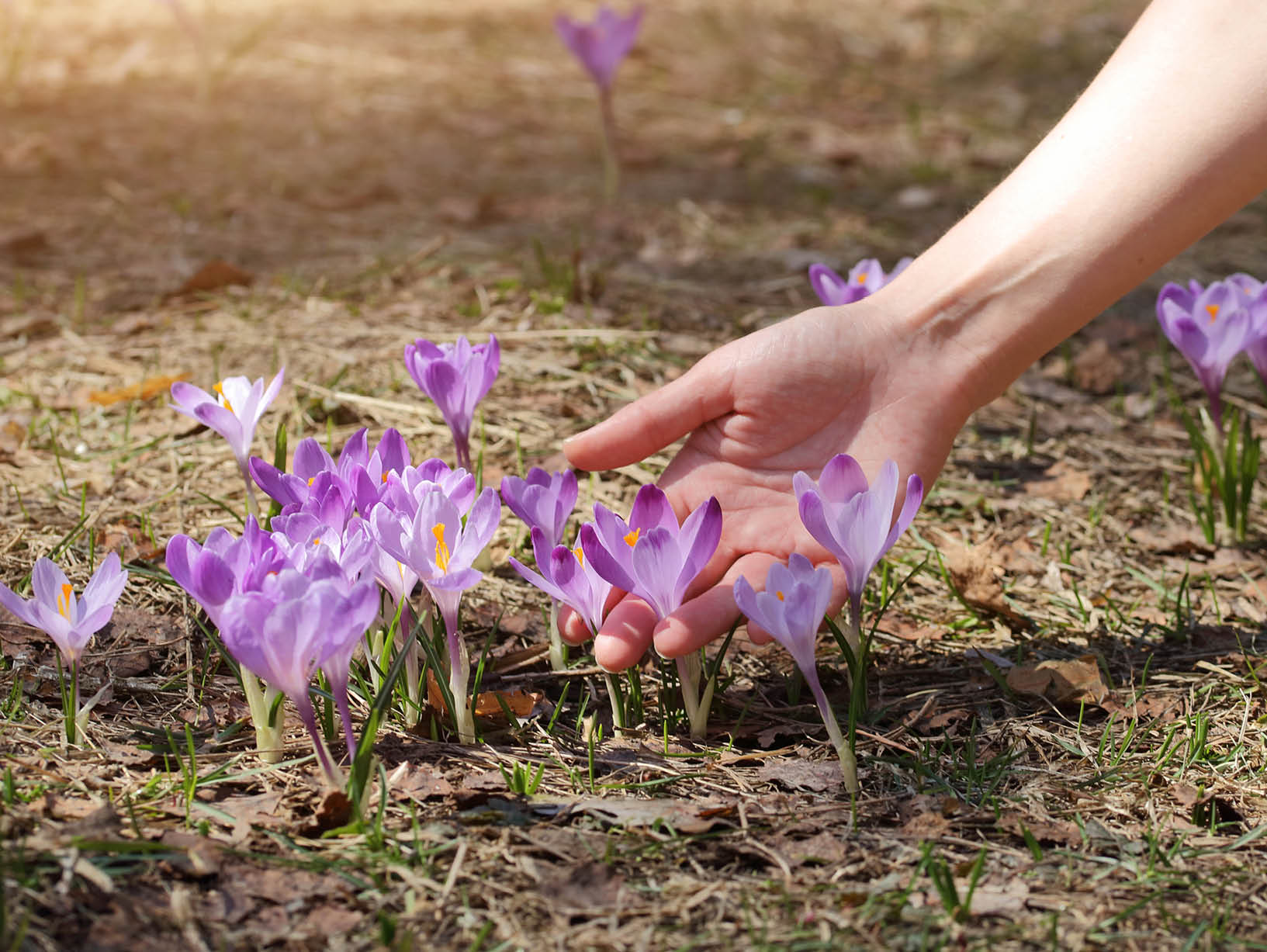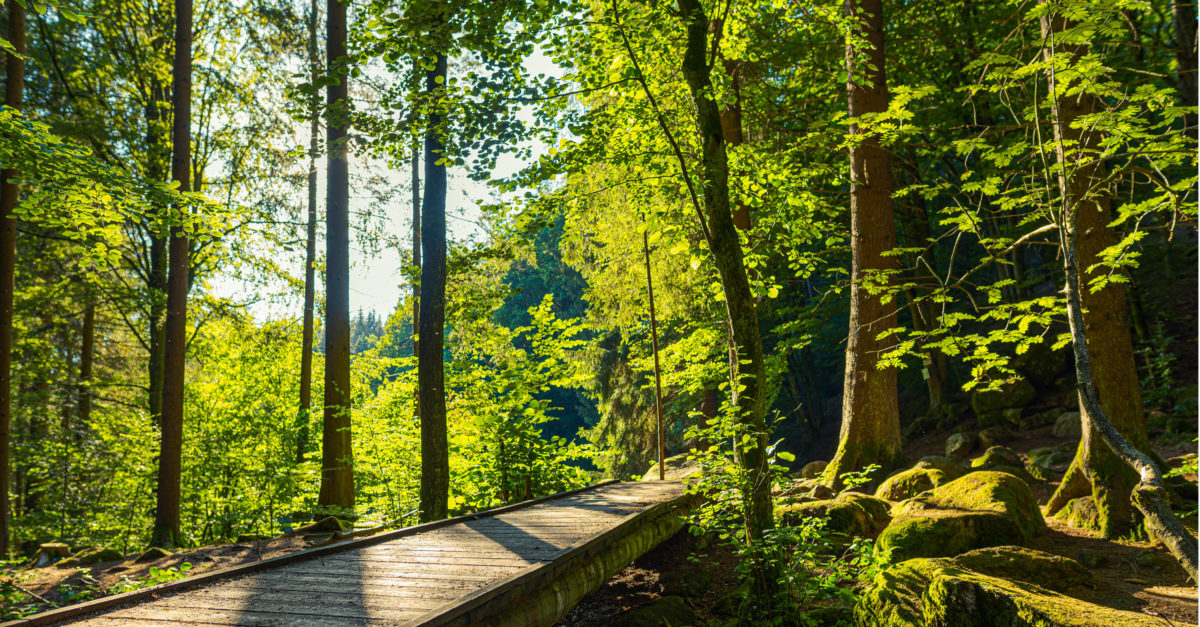Down to Earth
Think about the last time you felt connected to the earth. Maybe your mind went back to your summer beach trip when you felt the sand between your toes, or perhaps you thought about the flower bulbs you planted last weekend. This connection is an important one, and it doesn’t have to require a vacation or manual labor. Rather, it can be found by simply sinking your feet into the ground outside.

Back to Your Roots
Grounding, otherwise known as earthing, refers to the act of coming into contact with the earth’s surface—and yes, it can literally mean walking outside barefoot. (Just don’t be surprised if your neighbors start asking questions.) While this on-the-nose grounding method isn’t the only way to feel the effects of the earth’s energy, it is one of the easiest. And if you thought you needed a lush, green yard to practice this therapeutic technique, think again: any type of natural ground works. You can also buy grounding mats or other products, but more on that later. The next time you practice yoga, try doing it outside instead!
To break it down scientifically, the ground has a negative charge, as opposed to the air above the ground, which has a positive charge, as do humans. Simply put, opposites attract. When our bioelectric being comes into contact with the earth’s negative surface, it has the ability to be incredibly healing. Research has been done specifically on the anti-inflammatory and pain-relieving benefits: if you’re experiencing swelling or pain, daily grounding for thirty minutes can help lessen those conditions. Even if you’re not recovering from an injury per se but have a job that requires being on your feet for many hours, it can help alleviate physical stress.
Walking or standing outside barefoot is a simple method of practicing grounding, but the skin-to-earth connection can also be found in water. Swimming in a natural body of water—a lake, an ocean, or a river—can help cool you down while providing a mental recharge. Just be sure to swim in guarded areas, keeping weather conditions in mind.

Breaking Ground
In a perfect world, we’d all have the softest patch of grass outside the house all year round to practice this technique. But if you don’t have a yard that’s conducive to grounding, or if it’s cold and rainy outside, there are alternative techniques that produce a similar effect. Grounding mats have become increasingly popular, as have grounding bands, blankets, and patches. These products connect you to the earth by way of foam materials made with resin and carbon pigment to give you the benefit of this exercise without leaving your home. The mat also connects to a grounding port, so you’re actually fully connected to the earth. Thus, it’s important to read the instructions carefully to prevent a slight shock.
When it comes to what to do as you ground, the key is to not overthink it. There’s no one-size-fits-all method, but it’s helpful to keep certain tips in mind, especially if you’re new to it:
- As your feet are pressing into the ground, think about your surroundings and your state of mind (e.g., are you feeling stressed, anxious, excited, or content?). The same applies if you’re in water.
- Engage your senses: what do you smell, feel, see, hear, and taste? This is one of the most important elements of grounding that can really help you reap the rewards of this practice. Pay attention to the sounds of birds chirping, cars in the distance, or leaves rustling. Breathe deeply, activating your sense of smell, and look around you.
- Grounding uses similar techniques to meditation; for instance, you should be in the present as much as possible. If you notice your mind wandering, bring it back to the current moment. This can be especially helpful in times of emotional fragility.
- Don’t feel like you have to stay still! You can stretch or even exercise while still remaining grounded. Aim to be aware of your body and what’s happening around you while doing so.
- For a tactile approach, try the 5-4-3-2-1 method. Mentally list five things you see, four things you hear, three things you can touch, two smells, and one taste.
- It’s best to ground in good weather conditions (if you’re practicing outside) or when you’re feeling particularly stressed, anxious, or down in the dumps. Of course, you can ground when you’re in a good mood, too. That way, when you find yourself having a bad day, you know what you need to do.
- Grow something! Gardening will literally reestablish your connection to the earth, simply by forcing you to get your hands dirty. What starts with one tomato plant could one day turn into the neighborhood’s brightest, biggest garden full of veggies, flowers, and plants.

A Lifelong Connection
Let’s face it: as humans, we tend to take for granted the simple pleasure of taking a walk on a perfectly sunny day or the amount of nutrients the plants around us give off. Grounding aims to help you forge a stronger, better connection to our planet. It can turn a bad day around, remind you to be more grateful, and give you a little nudge to spend more time in the great outdoors.









